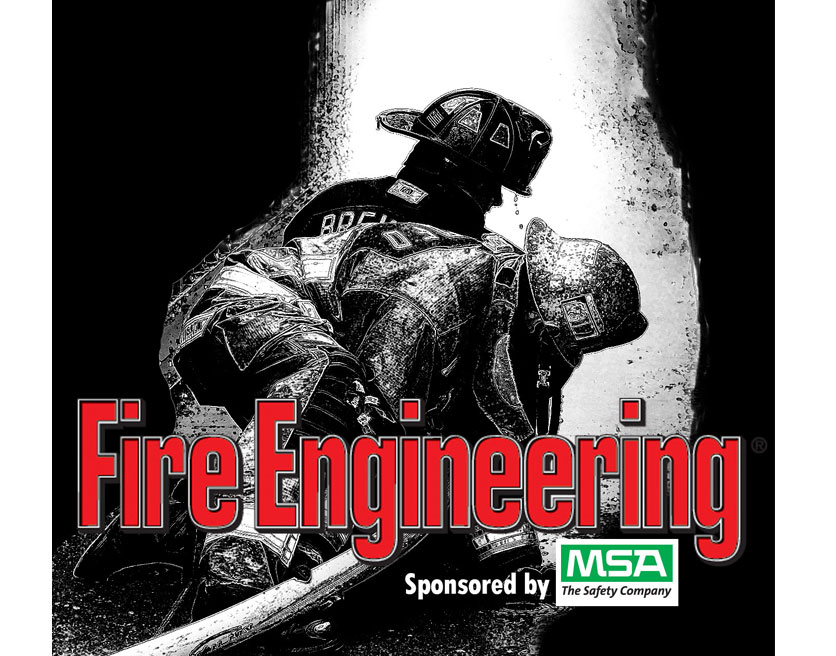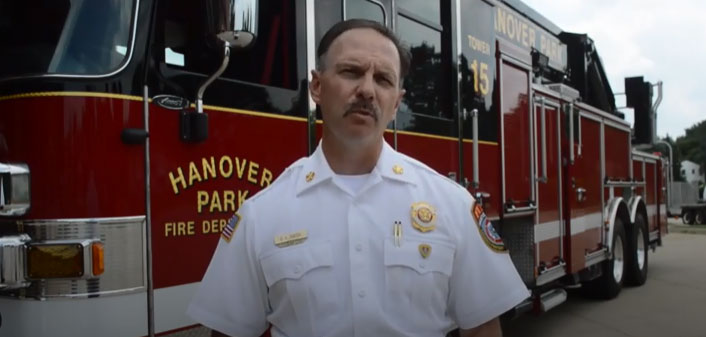Podcast: In Their Own Words: Bob Fields on Tactics for Small Fire Departments
In this episode, host Joe Pronesti talks to St. Louis (MO) Fire Captain Bob Fields about his recent Fire Engineering article on big city tactics for small fire departments.





